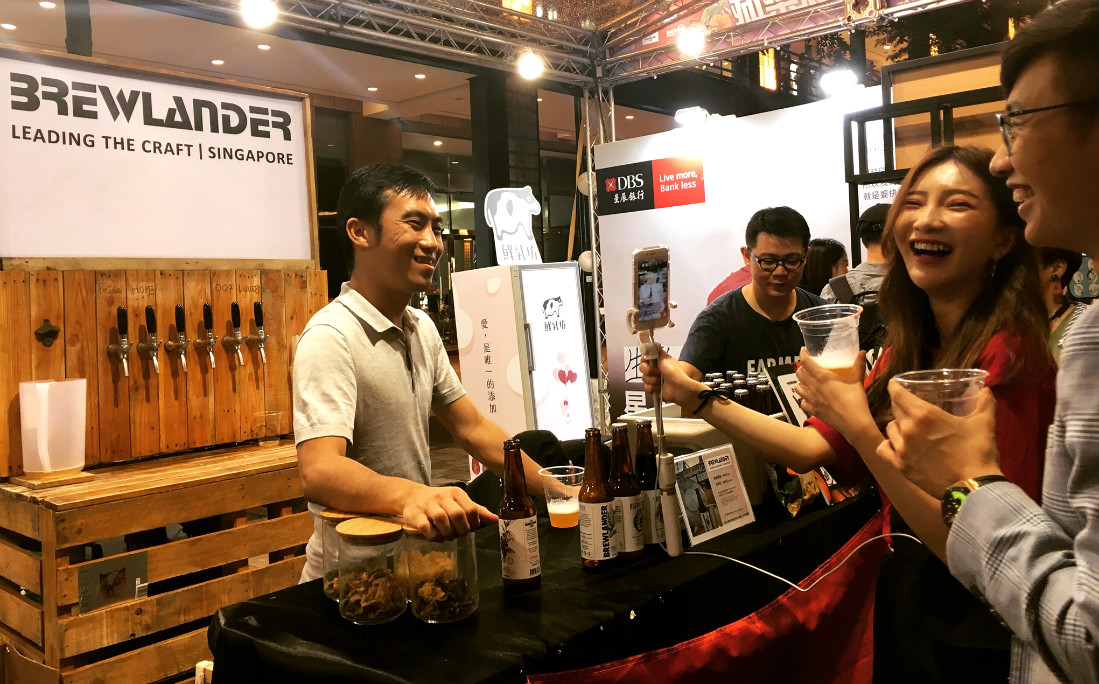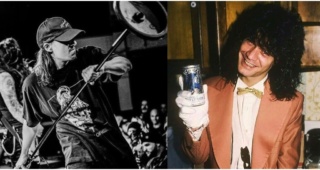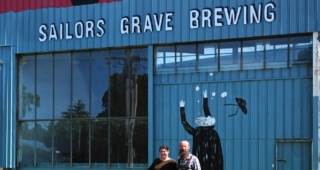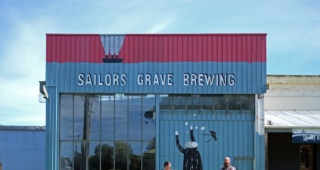It’s official: award-winning craft brewery Brewlander is coming home for good.
Based in Singapore, yet brewing (most) of its beer at a host brewery in Cambodia, Brewlander has juggled something of a double identity since its launch in early 2017. For founder John Wei, that meant weeks-long trips to Phnom Penh every month-and-a-half or so, which in turn meant flights back to Singapore every weekend during those trips to be with family before returning again on Sunday. Rinse and repeat for going on three years.
That routine is about to change, however. In our wide-ranging chat, Wei spills the hops (ahem) on plans for Brewlander to open its new brewery in the first half of 2020. There’ll be brewing, canning, and even barrels—oh my. We also discuss the state of Singapore craft beer and a few recent fanboy moments.
Beer Travelist: You just returned from Germany, where I know you were looking at equipment for the new brewery, so that seems like a good place to start. What we can expect when Brewlander opens the place?
John Wei: Brian, it’s hard to believe it’s been more than two years since we did our first interview together.
We’re happy to share that we are currently building a new brewery here in Singapore that will be Brewlander’s new home and playground. The brewery will be in Tuas; there is an MRT station right at the doorstep, so it will only take about 45 minutes to get here from downtown.
Towards the end of 2018 we realized we needed to build our own brewery because the facility we’ve brewed at since we started (Kingdom Breweries) was getting busier, and our production schedules were somewhat affected. Likewise, Brewlander was growing to the point where it was tough traveling there to brew all the time while managing day-to-day operations in Singapore, not to mention juggling an extremely patient wife and two amazing kids.
We spent about six months looking around, then finally found a beautiful space in Tuas that was suitable. We’ve started negotiating for the space, and hope to get our brewing license by April 2020.
Our brewhouse will be a customised 30-hectoliter system that I’ve gotten a trusted manufacturer to put together. It has a high level of automation and flexibility to employ different brewing methods with ease. We also purchased a centrifuge, a kick-arse canning and bottling line from Italy, and will put in a small lab to ensure quality and keep our local yeast project going. In putting the brewery together, I’ve also spent a bit more effort to ensure our brewers’ safety is not compromised.
If all goes well, we will have brewery tours where guests can see how Brewlander beers are made.
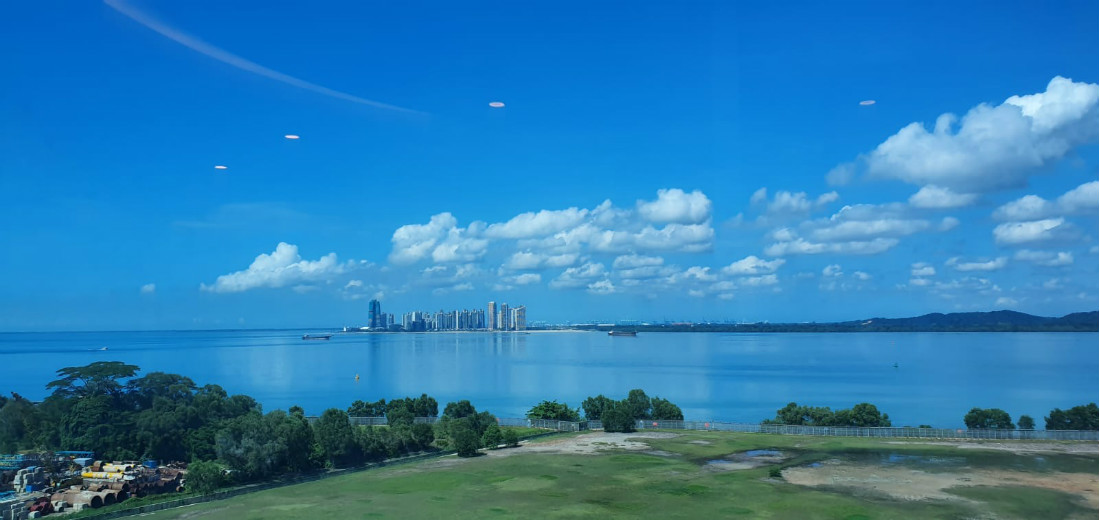
BT: As a current and soon-to-be former gypsy brewer, do you anticipate any space for contract brewing, or will your capacity likely be all Brewlander?
Wei: We will focus mainly on Brewlander beers, but are open to brew for like-minded overseas breweries who are equally passionate and uncompromising in the quality of their beers. As you say, we started as gypsy brewers ourselves, and I’d like to offer that opportunity to a handful of like-minded folks, and possibly offer to incubate a few promising brands.
At the same time, we are going to be selective about who we work with; I’m not looking to be an active contract facility. We want to stay focused on our main goals.
BT: Last time we met you mentioned you’re bringing in some Italian wine barrels. Can you tell us a little bit about the barrels and your initial plans for the program?
Wei: Not many people know this, but I’m a big Italian wine fanboy. It really started when I was working with an Italian company for four years; they were smacked in Siena, which really is heaven on earth. I was 30 to 45 minutes away from regions that make Chianti Classico, Brunello di Montalcino, Montepulciano, and the best Super Tuscans from Bolgheri.
Whenever I’m in Italy I make it a point to visit a few vineyards, and I’ve recently managed to score some barriques from wineries down in Campania, and most notably from Montevetrano. The wine critic Robert Parker once referred to Montevetrano as the “Sassicaia of the South,” and I was fortunate to be given a tour by the matriarch of the estate, Silvia. Silvia loves her wine with Cuba cigars, and I happened to be carrying one on me that day!
One of the main reasons I prefer Italian barrels is because most Italian grapes are higher in tannins and acidity, which complements the sour beers for which we aim to use the barrels. I did a homebrew barrel-aged sour with a barrel from Mazzei five years ago, and it was lovely.
BT: When you showed me a mock-up of the brewery floor, you noted that one area is where “the real magic happens.” Can you explain that, and going one step further, explain how you plan to make sure “that magic” happens seamlessly at the brewery?
Wei: Ah, I believe you are referring to the packaging lines that we’re installing.
BT: Exactly.
Wei: While setting up this brewery, I made it a point to invest money where it really matters and not make emotional decisions based on aesthetics. Sure, it’s cool to look at big, shiny, impressive stainless-steel tanks and a brewhouse that looks like a Ferrari showroom. But I’ve seen breweries burst their budget on the brewhouse side of the expansion and not have much left for packaging.
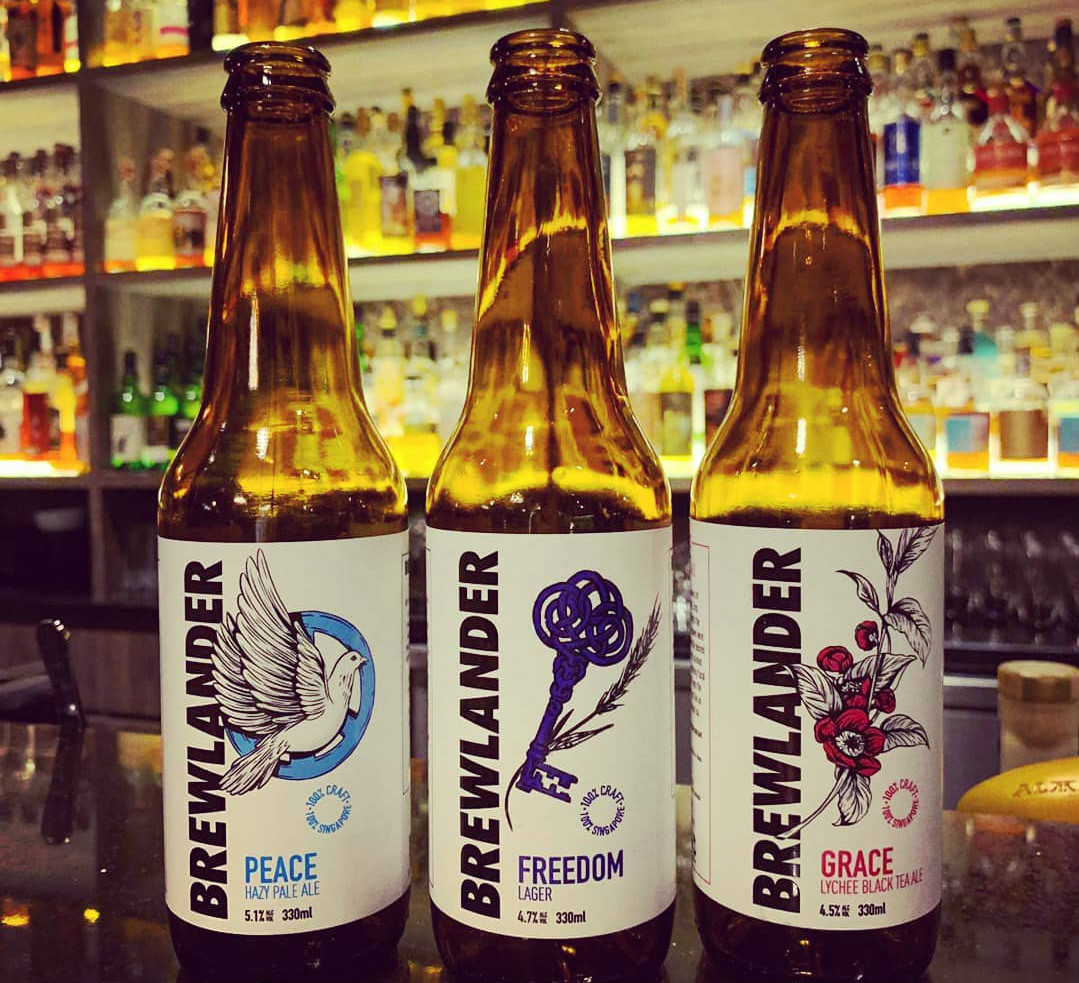
Packaging is often a very temperamental process in the brewery; you could get punished very badly both on the quality and yield front. In a country where the big boys lock up draft taps by contracts that keep competition out, a large part of our success so far has been down to our packaged products’ high level of shelf stability.
In this new brewery, we have done away with most optional bells and whistles, and not wasted money on things that I liken to “gold basin and taps.” Instead, we’ve directed extra resources to getting an Italian rotary canning and bottling line with a high level of automation. Time will tell if getting the canning line was the right decision, as it cost twice as much as the bottling machine and I still see us being 50- to 70 percent bottles versus cans for the next three years as we educate consumers about the merits of cans.
BT: Why’d you do it now then?
Wei: I guess because of the superior quality cans provide, combined with reducing carbon footprint, convinced me that it was the right move, even though financially the immediate ROI wasn’t that compelling. The cost of the canning monobloc alone (without the full line) is in the mid six digits. That said, you can’t put a number or price on consistent quality and stability—beers and our environment— because once you screw that up everything else becomes irrelevant.
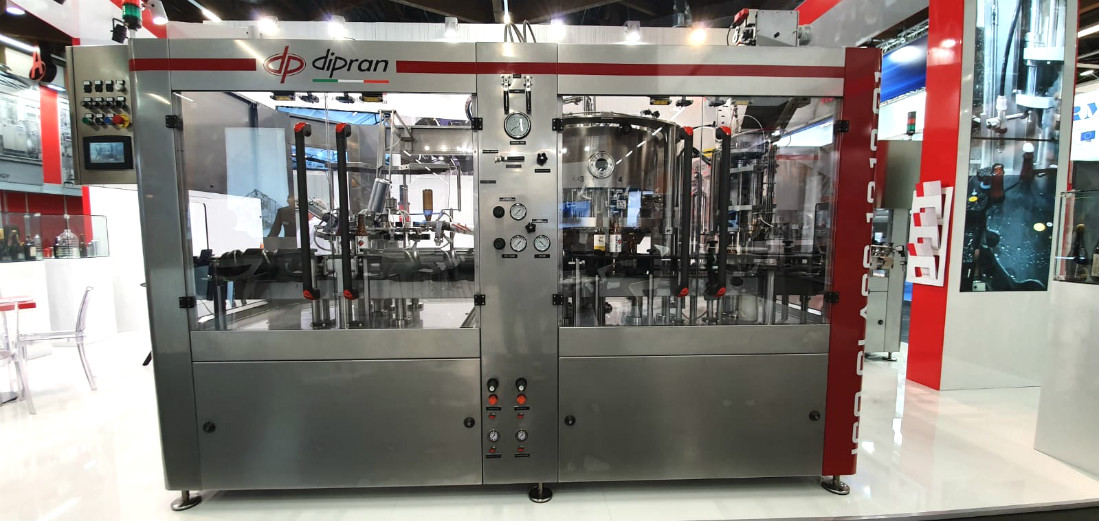
BT: Are you nervous?
Wei: At the moment I’m so busy getting the place up and running, managing a bigger team, and building a stronger brand narrative that I don’t really have time to let the major worries set in. I’m maybe more frustrated that certain things can’t be sped up!
In the back of my mind, though, and especially with my financial background, I do question whether it’s a good decision to invest in a brewery of this scale with a global recession potentially looming. Time will tell! I guess with a bigger team, I’m a little more sensitive now about how my decisions will affect the livelihood and morale of my staff.
BT: Okay, let’s switch gears a little. If you could describe the current state of Singapore’s local craft brewing scene in a few words, what would they be and why?
Wei: Exciting, muddled, but still challenging.
It’s exciting because I don’t think we’ve ever seen a larger number of breweries in Singapore. Plus, there’s an increasing number of brewers trying to push the envelope further, rather than just brewing something that’s been done before.
It’s muddled because we have the Old Guards trying to reinvent themselves. In other words, we have the smaller microbreweries that have been around for some time now also trying to stay relevant because everyone generally likes to celebrate newer brands. Then we have the “second-wave” craft brewers, like myself and other homebrewers who later went professional, who are trying to reach out beyond the niche. Lastly, we have pseudo-craft beer brands that put a nice label and marketing spin on poorly made beers, then sell them at prices cheaper than commercial beers.
Related: In Singapore, Cutting-Edge Beers in a Most Unlikely Place
There are definitely a lot more choices for the consumer, but I guess collectively, on the whole, we are not doing a good enough job of letting them know about their choices. I’m not sure if people actually know that we have 25 local breweries and brands now? We’ll have 30 by the end of next year.
BT: Honestly, I doubt it.
Wei: If you look at the UK market for craft beer, the growth has been horizontal, but not vertical. Basically there are more breweries and products added to the market, but the volume of craft beer consumption has not been growing. It’s likely the same for Singapore in the past 12 months.
What is alarming is that other markets, like that in the UK, have seen an exponential growth over a couple of years before plateauing. I’d argue that Singapore’s local craft beer consumption has not grown in the last 12 months, but we have seen many new entrants and even more are coming.
Finally, I say it’s challenging because the majority of tap space is controlled by “pay to play” contracts among four or five companies. Most of us small breweries can’t engage in that because most of us are still in the “paying the bills” mode.
I’m not saying this to “shame” anyone, but I understand it’s tough because that was my daily battle for the better part of the last three years. Statistics suggest we are just taking market share off one another, and not thinking of the bigger picture of collectively increasing the local craft space. If people stop drinking beer and start drinking, say, healthy juices or alcopop, we are all screwed.
BT: Okay, last one. You’ve traveled quite a bit lately; share with us your favorite beer-related story from your travels abroad in 2019.
Wei: It’s interesting you ask because my beer choices have changed a lot in the last 12 months, mainly due to a persistent case of irritable bowel syndrome that makes me bloated and uncomfortable very quickly.
As such, I’ve began to appreciate lagers and lighter beers a whole lot more. I’d say stand-out moments this year were drinking a fresh cold lager at the brewpub in La Virgen Madrid, as well as spending an afternoon at Augustiner Keller drinking the Edelstoff lager–my favorite!
I also finally had the chance to visit the Great British Beer Fest in London to satisfy my infatuation with cask ales. Drinking a can of Beavertown Gamma Ray, fresh off the canning line during a tour by Logan Plant, was admittedly a huge fanboy moment, too.
###
All photos courtesy of Brewlander & Co.


